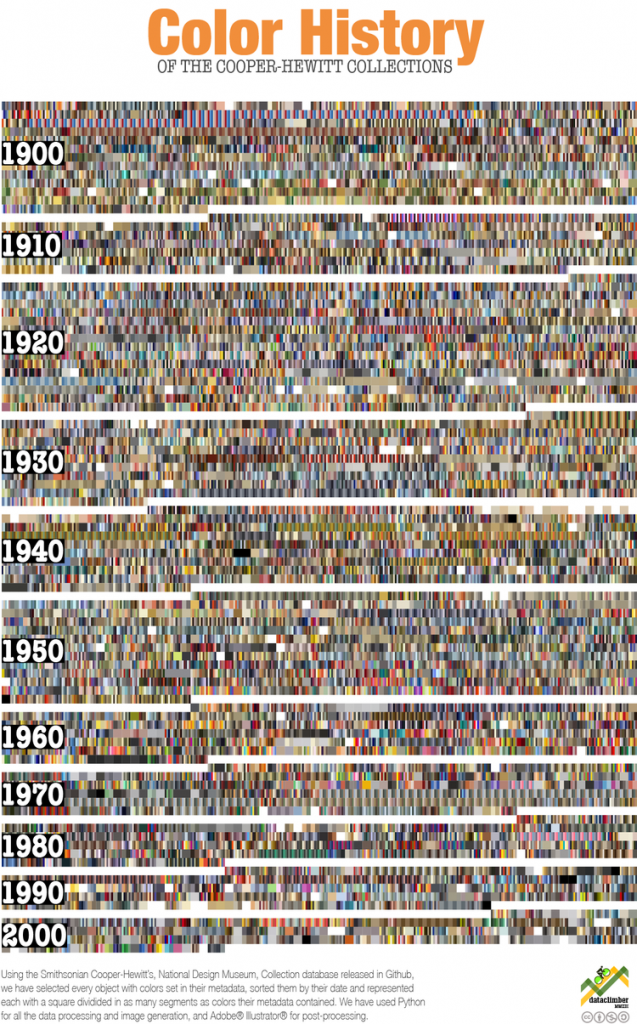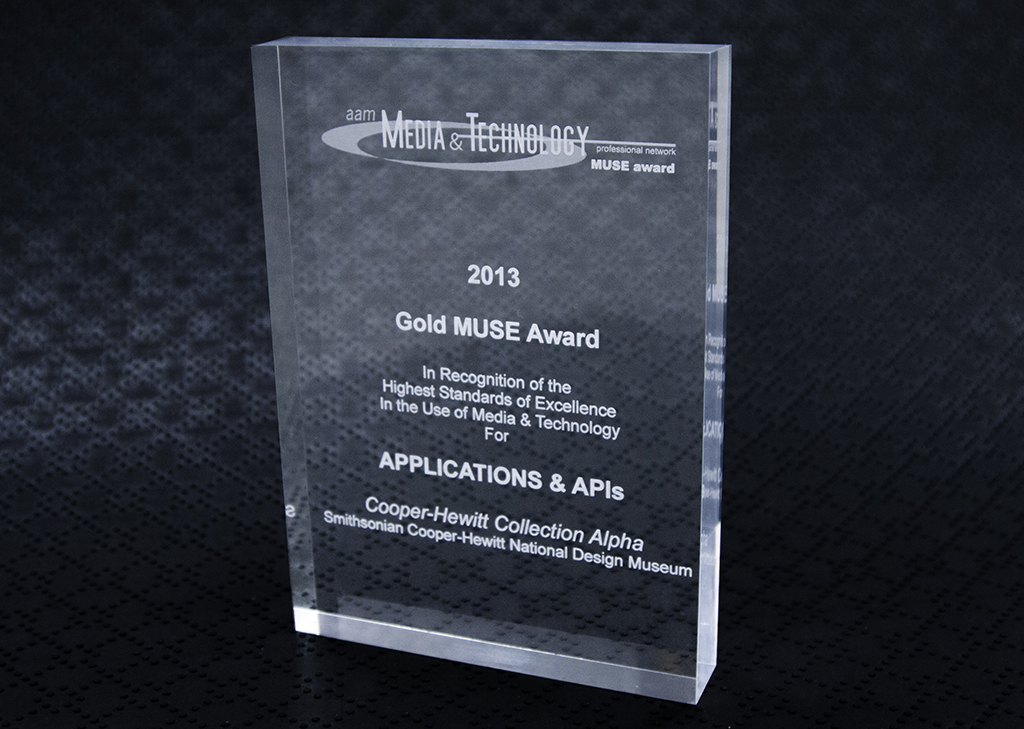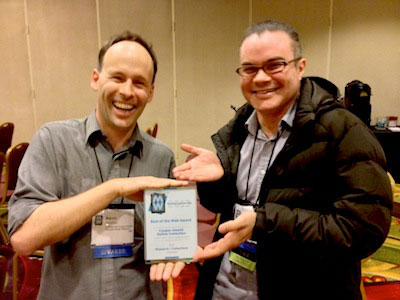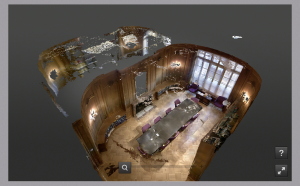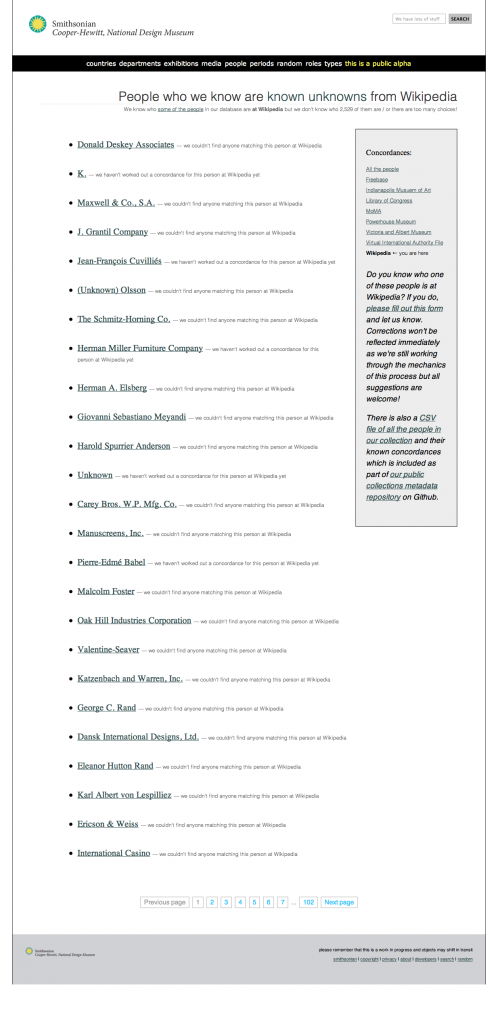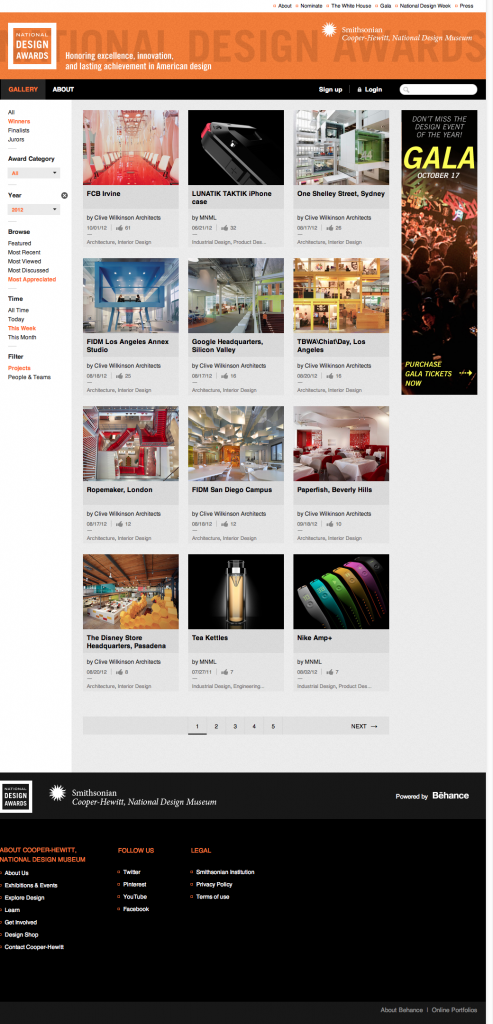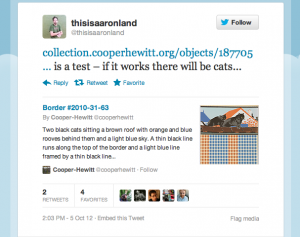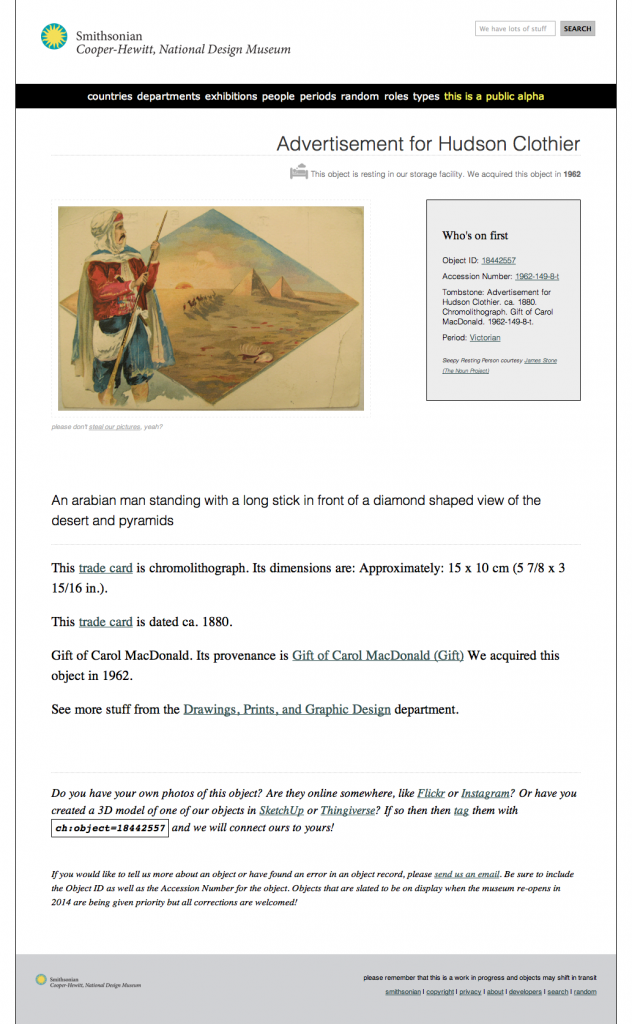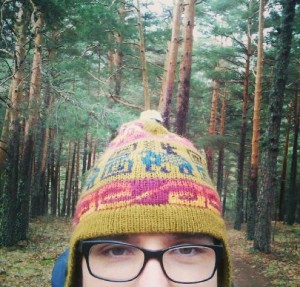
Rubén Abad’s #museumselfie outside of a museum
A few weeks ago we became aware of Rubén Abad’s poster which shows all the colours in our collection by decade. We sent a few questions over to Spain to find out more . . .
Q: What were some of the precursors to the color poster? What inspired you?
A: The idea came when I first saw Lev Manovich’s ‘Software Takes Command‘ book cover. When I started looking at the data, another couple of paintings came to my mind. For example, Salvador Dalí’s series about visual perception and ‘pixels’, as in Homage to Rothko (The Dalí Museum). By chance, I attended an exhibition here in Madrid where I discovered ‘Study for Index: Map of the World‘, by Art & Language (MACBA). By the time I came back home, it was clear that I wanted to display color evolution over time using a mosaic.
Q: Did you have any expectation about what the final product would look like? Did the end result surprise you?
A: I didn’t have any preconceived notion. I liked to see how groups of pieces appeared.
Q: What were the challenges of working with the dataset? What were the holes, problems? How could we make it better/easier to work with?
A: Being used to work with data made really easy for me to work with the collection’s dataset, so thanks for releasing it! The only complain I might have is having to parse some fields, like medium, to be able to store the information in a more comfortable format to be queried.
Q: What would you like to do next?
A: I have a network of people and objects in mind, in order to display who has the biggest ‘influence’ in the collection.
Q: If other museums made their data available like this, what might you do with it?
A: I’d like to work on a history of the object project. If we were able to access all the dates and places importants in the object history, we could try to cross all the objects info and maybe, it’s never known, find new hubs where pieces happened to be at the same time and why they were there. Another interesting project would be to find gender inequality among collections, not only when looking at artists/designers, but also with donors and funders and even among representations (iconography). Have this roles changed over the years? Are different depending on countries?

